“We can trace our roots back to the 25th of May 1888,” said Martin Parker, who guided my visit to the Thales Optronics and Missile Electronics site in Govan.
The Optronics and Missile Electronics site in Govan, opened by the Princess Royal in 1993, continues a line of work that began in 1888 when Barr and Stroud built their first rangefinder in Ashton Lane.
“Doctors Barr and Stroud responded to an advert in Engineering Magazine for a rangefinder. They started off in Dr Barr’s bedroom, moved to a small factory in Byres Road in the West End whilst this facility was being put together in Ashton Lane.”
That heritage still shapes what Thales does today. Barr and Stroud’s optical work once equipped every Royal Navy submarine. “Every single Royal Naval submarine throughout history has had a Barr and Stroud periscope, every single one,” Parker said. “These are the big ones now in development upstairs, the Integrated Combat System Mast. That’s going to be the basis of the mast for SSN-AUKUS.”
Development of Thales’s Optronics Mast began decades ago. “At about this time when the name was changing to Thales was when the development for the CM10, which is the Optronics Mast for the Astute-class submarine, was in development,” Parker explained.
“Ten million pounds of company R&D went into that.”
The next generation now being built will equip the Royal Navy’s Dreadnought-class submarines. “We’re now into non-hull-penetrating electronic masts,” Parker said. “Gone are the days of the hull-penetrating optical periscope.”

He described the advantages clearly. “You don’t need a very big hole in your pressure hull. If you’ve got a hole-penetrating periscope, it’s about fifteen metres long, and that drives the design of the boat. With a non-hull-penetrating Optronics Mast like the CM10, the hole in the pressure hull is much, much smaller. Because it is an electronic connection, it means that the control room can be anywhere on the boat, rather than directly underneath the fin.”
The system under development takes that idea further. “The current mast, the Astute, has got two masts,” Parker said. “One has got the thermal imaging and a visual, one has got an image intensifier and a visual. So if you lose one mast, you lose one of those capabilities. The Integrated Combat System Mast, because we’ve been able to miniaturise everything, has got day, low-light, thermal imaging and image intensifier. You’ve now got redundancy as well.”
The miniaturisation that made this possible came from other parts of Thales’s work. “The miniaturisation which was required to fit all of these sensors into the Sasha package in the True Hunter has had a direct read-across into the naval system.”
That same transfer of ideas runs through the company. Technologies developed for land systems reappear in naval equipment, adapted for underwater use. Parker called this one of his “four pillars” of engineering – the cross-pollination between domains.
Inside the submarine, the Optronics Mast connects to digital control stations rather than an old-style ocular tube. “Instead of being attached to an ocular box, it’s now a control station,” he said. “In fact, on Astute there are two side by side, manned by specialists, so the captain can now step back and focus on driving the boat and looking at the tactical situation around the vessel.”
The mast can rotate a full circle, and Thales is already developing an ultra-low-profile version. The aim is simple: smaller, quieter, harder to detect. “It’s fitted with a hydrodynamic shield to reduce the wake,” Parker explained. “Because as well as trying to keep it as small as possible to make it less detectable by radar, we don’t want it leaving a huge wake behind it when it sticks up.”
Beyond its optical role, the mast also supports communications and radar detection. “The Optronics Mast provides on the top SATCOM burst transmission as soon as the mast breaks the surface,” Parker said. “It has a radar warning receiver so that it’s able to detect any radar, because submarines are most vulnerable when they’re on the surface or when they’ve got the mast up. You want it to be up for as short a time as possible.”
At the top of the site sits the tower room, which opens to the outside air for testing. During the visit, a working CM10 periscope was set up for alignment, I had the rare pleasure of having a go at controlling the system, let me just tell you, the stabilisation was incredible. On a serious note, across the site, the link between air, land and sea is very clear. The Optronics Mast may be digital now, but the craft behind it remains deeply human: careful, precise and enduring.


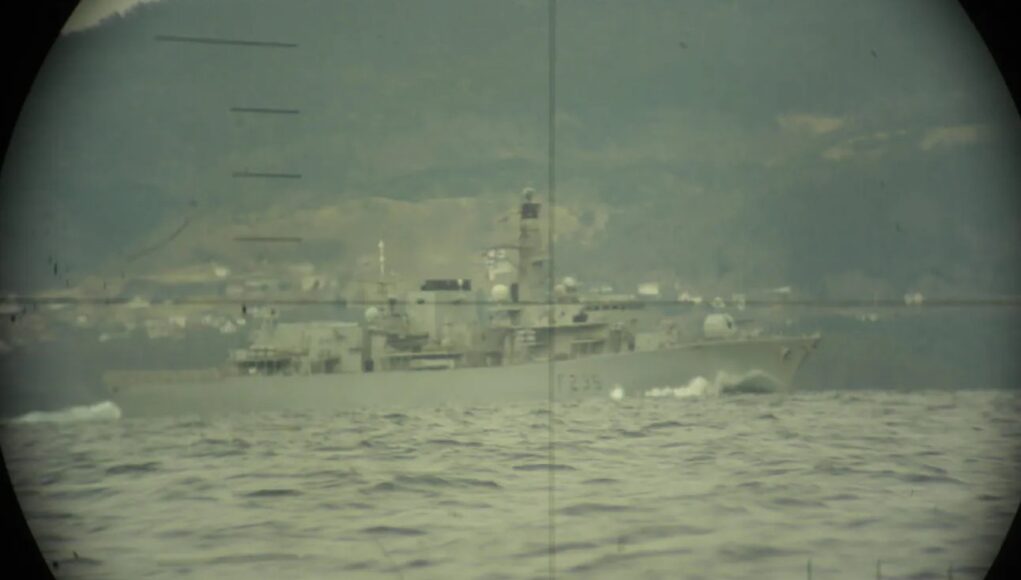
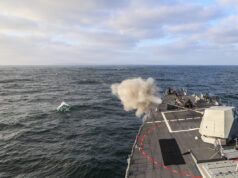
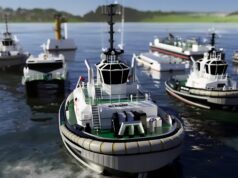
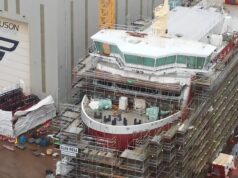
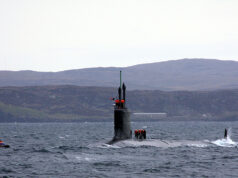
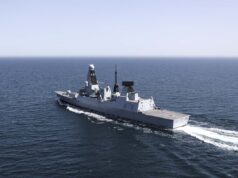

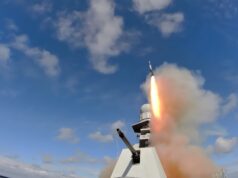
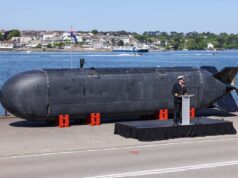
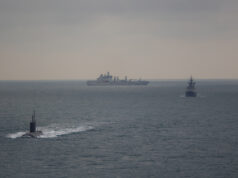
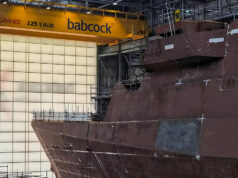

De ja vue.
It’s Groundhog day !
Nice Tank Top !
We haven’t published this article befoe.
I’m just gently rubbing George.
Great article just like the other one, very enlightening.
“One Ping”
Genuine question: So could somebody explain to me why we still allow Thales to own such a vital bit of British industry, as I believe in the past at least they have had no reluctance to sell the tank sights to Russia?
Different period of time, different period of percieved threats ?
Don’t forget we shipped massive amounts of equipment during WW2 and gave them a rather good Jet Engine.
Yeah but I’m worried about now, and how so many so-called “UK” defence firms that are owned by others who, when push comes to shove, may not act in the UK’s best interest – let alone the lack of profits and IP being retained in the UK. Those pesky Frenchies are not always shy about handing over launch codes etc. when we are in the middle of a war.
I suspect that there are a whole piles of Sh1te kept swept under the carpet re foreign-owned stuff. Witness latest fiasco with Chinese owned data hubs and networks for some of the UK’s most sensitive Gov comms. Nobody seems to be screaming about that too…
All very vallid concerns and all pretty true I guess.
It has been a trend that we sell to the highest bidder regardless of potential problems later down the line.
I’ve seen a lot of things turn to Ratshit over my tenure.
Didn’t you sell Argentina two type 42s that they then used against you? You sound butthurt because it’s a French company
We sold lots of stuff to the Argentinians, Including an Aircraft Carrier with Sea Kings.
That’s business !
So, the titled picture, does that represent a kill for the Perisher?
If the fish is running already, then he could have the hit. If he fires now the ship will have moved right far enough to avoid a straight runner, Mark 8 or equivalent, but a modern weapon should do the job on its own once fired.
Great work George. Many thanks.
Great film George.